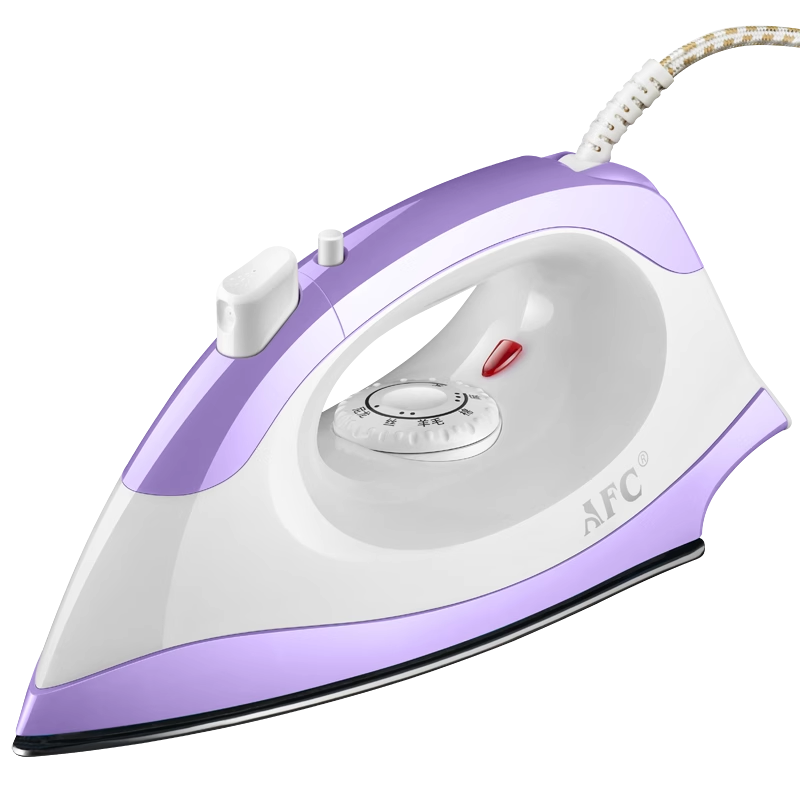Introduction
Iron marks on clothing can be frustrating, especially when they seem stubborn and difficult to remove. Vinegar is a versatile household ingredient known for its cleaning properties. In this guide, we will explore the effectiveness of vinegar in removing iron marks on clothes. From understanding the science behind iron marks to employing vinegar as a natural cleaning agent, we will provide specific instructions and advice to help you successfully eliminate iron marks using vinegar.

Does vinegar remove iron marks?
Understanding Iron Marks
1.1. Heat Transfers and Iron Marks
Iron marks occur when heat is transferred from an iron to the fabric, causing discoloration and leaving behind unwanted marks. These marks typically appear as brown or yellowish patches, caused by a reaction between the heat and the fabric fibers.
1.2. Types of Fabrics Affected
Certain fabrics are more prone to iron marks than others. Delicate or synthetic fabrics, such as silk, rayon, or polyester, are more susceptible to heat damage and can develop iron marks easily. Cotton and linen fabrics, although more resilient, can also be affected if exposed to excessive heat or the wrong ironing technique.
Properties of Vinegar
2.1. Cleaning Agent
Vinegar is a natural cleaning agent that can effectively tackle various stains and marks, including those caused by heat. Its acidic properties help break down and dissolve residues, making it an excellent choice for removing iron marks.
2.2. Mild Bleaching Effect
Vinegar has a mild bleaching effect, which can help lighten or dissolve discolorations caused by iron marks. This effect is particularly useful for fabrics that have absorbed heat marks over time.
2.3. Odor Neutralizer
In addition to its cleaning properties, vinegar is an effective odor neutralizer. It can help eliminate any lingering odors that may be present along with the iron marks, leaving your clothes fresh and odor-free.

Pre-Treatment with Vinegar
3.1. Spot Testing
Before treating the iron marks, it is essential to conduct a spot test on a small, inconspicuous area of the fabric using vinegar. Apply a few drops of vinegar and let it sit for a few minutes. Check for any adverse reactions, such as color fading or fabric damage. If there are no negative effects, you can proceed with the vinegar treatment.
3.2. Diluting Vinegar
To ensure that the vinegar does not cause any additional damage to the fabric, dilute it with water before treating the iron marks. Mix equal parts of vinegar and water in a spray bottle or a small container. This diluted solution will be milder and gentler on the fabric.
Removing Iron Marks with Vinegar
4.1. Preparation
Lay the garment on a clean, absorbent towel or cloth to protect the surface beneath. This will prevent the vinegar solution from transferring to other surfaces and causing further damage.
4.2. Applying the Vinegar Solution
Gently spray or dab the diluted vinegar solution directly onto the iron marks, ensuring that the affected areas are well-saturated. Make sure not to oversaturate the fabric, as excessive moisture can potentially damage certain fabrics.

4.3. Letting the Solution Soak
Allow the vinegar solution to soak into the fabric for about 15 minutes. This will give the vinegar enough time to break down the iron marks and loosen the discoloration.
4.4. Agitating the Fabric
After the soaking period, gently agitate the fabric using your fingers or a soft brush. This helps the vinegar penetrate into the fibers, loosening the iron marks further.
4.5. Rinsing the Fabric
Thoroughly rinse the treated area under cold water to remove any residue or vinegar solution. Continue rinsing until the water runs clear and there are no traces of vinegar left on the fabric.
4.6. Laundering the Garment
Once the iron marks have been treated and rinsed, wash the garment as recommended on the care label. This will help remove any remaining discoloration and ensure the fabric is thoroughly clean. Use a regular washing cycle and appropriate laundry detergent for the fabric type.
Tips and Additional Considerations
5.1. Repeat if Necessary
In some cases, stubborn iron marks may require multiple treatments with vinegar to completely remove the discoloration. If the marks persist, repeat the vinegar treatment and rinse until the desired results are achieved. However, exercise caution and avoid excessive scrubbing, which can potentially damage the fabric.
5.2. Drying the Fabric
After laundering, air-dry the garment instead of using a dryer. This allows you to check if the iron marks are completely removed before subjecting the fabric to heat. Heat drying can potentially set any remaining marks, making them more challenging to remove later.
5.3. Prevention is Key
To avoid iron marks altogether, use the appropriate heat setting on your iron and always follow the fabric care instructions. For delicate fabrics or garments with heat sensitivity, it is advisable to use a pressing cloth as a protective barrier between the fabric and the iron. Ironing in the opposite direction of the fabric grain can also help prevent iron marks.

Alternative Methods to Remove Iron Marks
7.1. Lemon Juice
Similar to vinegar, lemon juice can be used to remove iron marks from clothes. The acidic properties of lemon juice can help break down the discoloration. Squeeze fresh lemon juice onto the affected area, rub it gently, and let it sit for a few minutes. Rinse the fabric thoroughly with cold water and launder as usual.
7.2. Salt Paste
Salt can also be used to tackle iron marks. Mix equal parts of salt and water to create a paste. Apply the paste to the affected area, gently rub it in, and let it sit for a few minutes. Rinse the fabric with cold water and launder as usual. Salt acts as a natural abrasive, assisting in the removal of discoloration.
7.3. Aspirin Tablets
Crush a few aspirin tablets and dissolve them in warm water. Apply the solution to the iron marks, ensuring they are well-saturated. Allow the solution to sit for about 30 minutes, then rinse thoroughly with cold water and launder according to the fabric’s care instructions. Aspirin contains acetylsalicylic acid, which can aid in breaking down the discoloration.

Conclusion
Vinegar is indeed an effective solution for removing iron marks from clothes. Its cleaning properties, mild bleaching effect, and ability to eliminate odors make it a versatile and natural choice for treating heat-related discoloration. By pre-treating the fabric, using a diluted vinegar solution, and following the specified steps, you can successfully eliminate iron marks from various fabric types. Remember to spot test and exercise caution, especially with delicate fabrics. With vinegar as a handy household remedy, you can rescue your clothes from unsightly iron marks, restoring them to their original condition and preserving their longevity.
